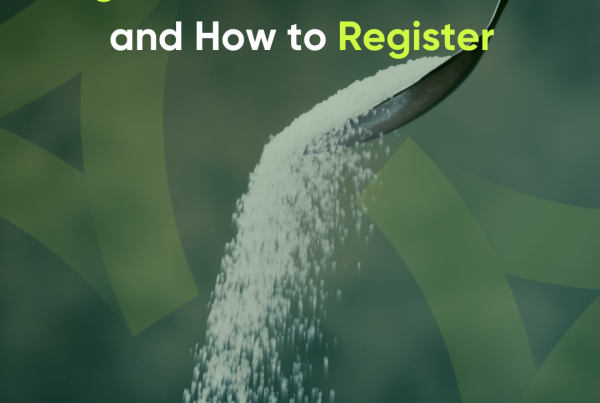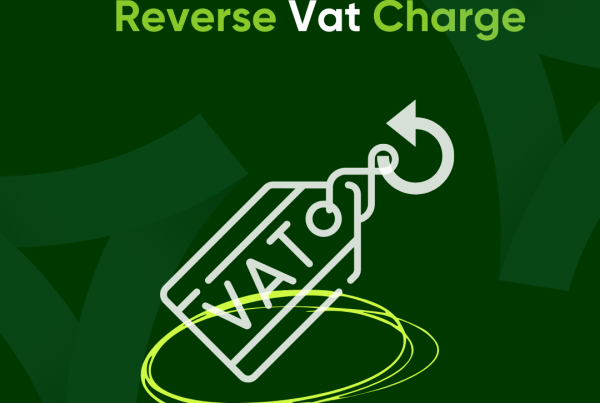
Coronavirus Job Retention Scheme – Changes to Furlough from July 1st, 2021
As a way to facilitate employees of companies that had been financially affected by the Covid-19 pandemic, in March 2020, Chancellor Rishi Sunak announced the implementation of the Coronavirus Job Retention Scheme. This involved the provision of grants to employers to help cover the cost of wages to be given to employees placed on furlough. As per the requirements of the scheme, the government covered up to 80% of wages for millions of workers with a salary of up to £2,500. Those employers who were a part of the scheme were under no obligation to pay their employees anything (however, they were at liberty to pay an additional 20% on top of the amount that the government was paying, should they choose to do so).
Following its recent extension until 30th September 2021, however, the level of grant provided by the scheme dropped to 70% as of 1st July 2021. This means that employers across the UK will be required to cover the gap of 10% themselves. This payment is to be made apart from employees’ NIC and pension contributions, any VAT accrued from last year as well as any repayment coronavirus loans to be made to the government.
By August, the government’s coverage of wages for furloughed workers will fall even lower to 60% resulting in employers having to cover a gap of up to 20% all the way until the scheme concludes in September.
For employees who continue to remain on furlough until after 1st July 2021, there will be absolutely no reduction in income; they will continue to receive their complete salary. However, they will still be required to pay tax, National Insurance contributions, and mandatory pension contributions on the amount that they will receive.
As of April 2021, there are approximately 3.4 million people on furlough. Following these recent developments made by the government, it will naturally become more expensive to keep workers on furlough and instead encourage more and more people to come back to work full-time.
The following table shows a snapshot of the government’s contribution for the coming months, the expected contribution to be made by the employer and what the employee is expected to receive while on furlough.
| May | June | July | August | September | |
Government contribution: wages for hours not worked | 80% up to £2,500 | 80% up to £2,500 | 70% up to £2,187.50 | 60% up to £1,875 | 60% up to £1,875 |
Employer contribution: employer National Insurance contributions and pension contributions | Yes | Yes | Yes | Yes | Yes |
Employer contribution wages for hours not worked | No | No | 10% up to £312.50 | 20% up to £625 | 20% up to £625 |
For hours not worked employee receives | 80% up to £2,500 per month | 80% up to £2,500 per month | 80% up to £2,500 per month | 80% up to £2,500 per month | 80% up to £2,500 per month |


